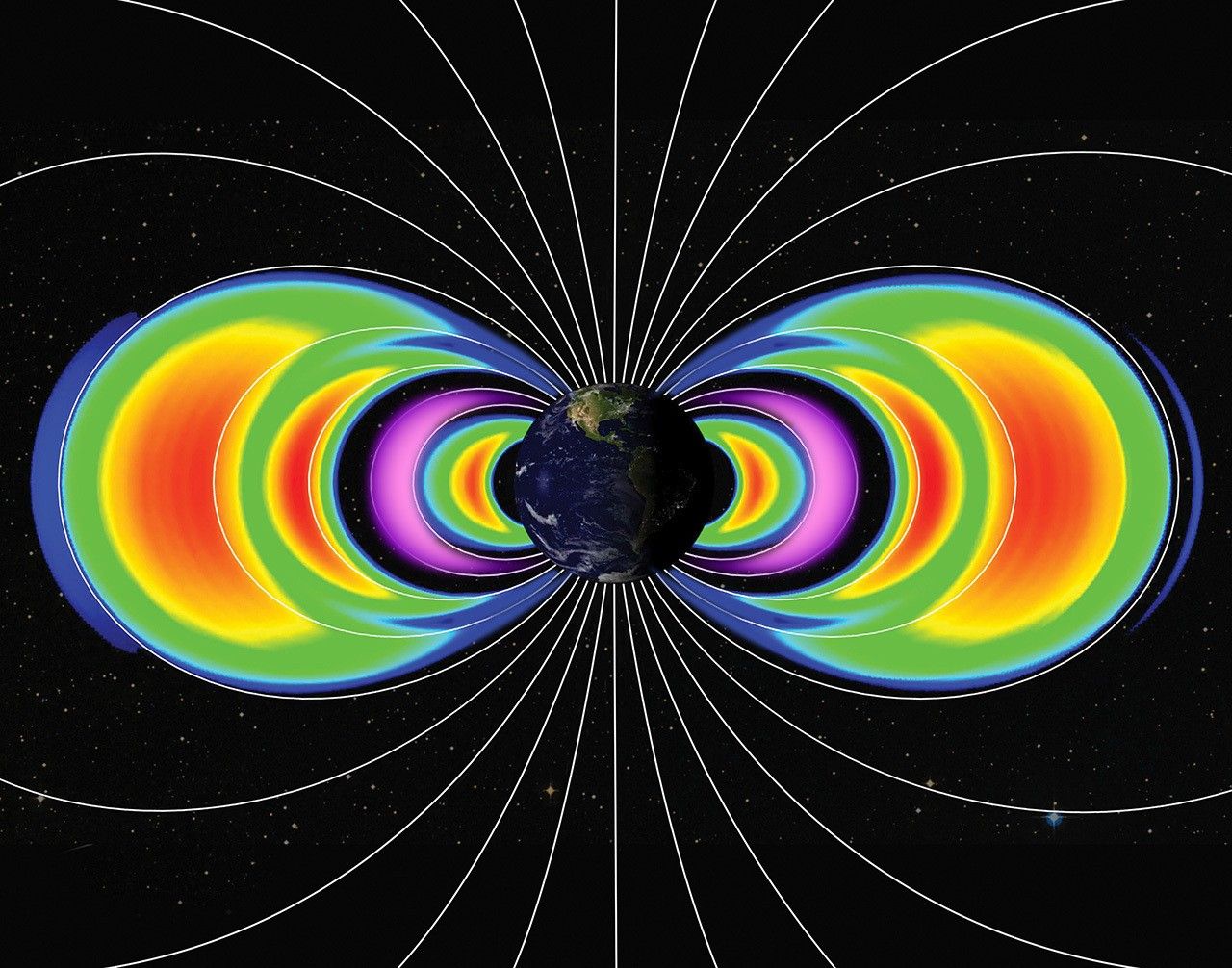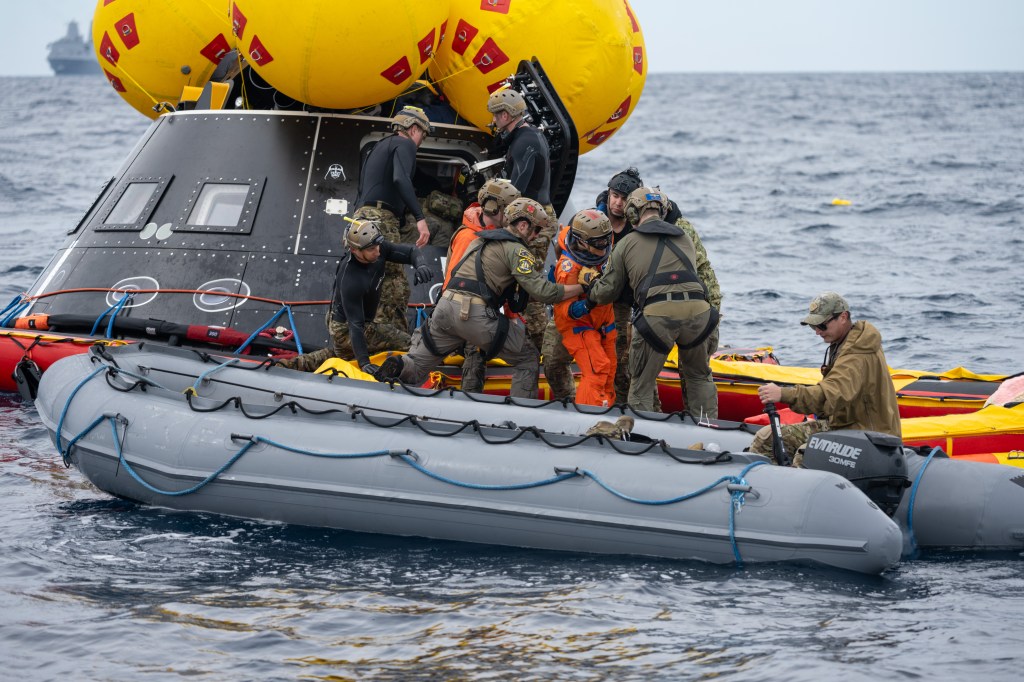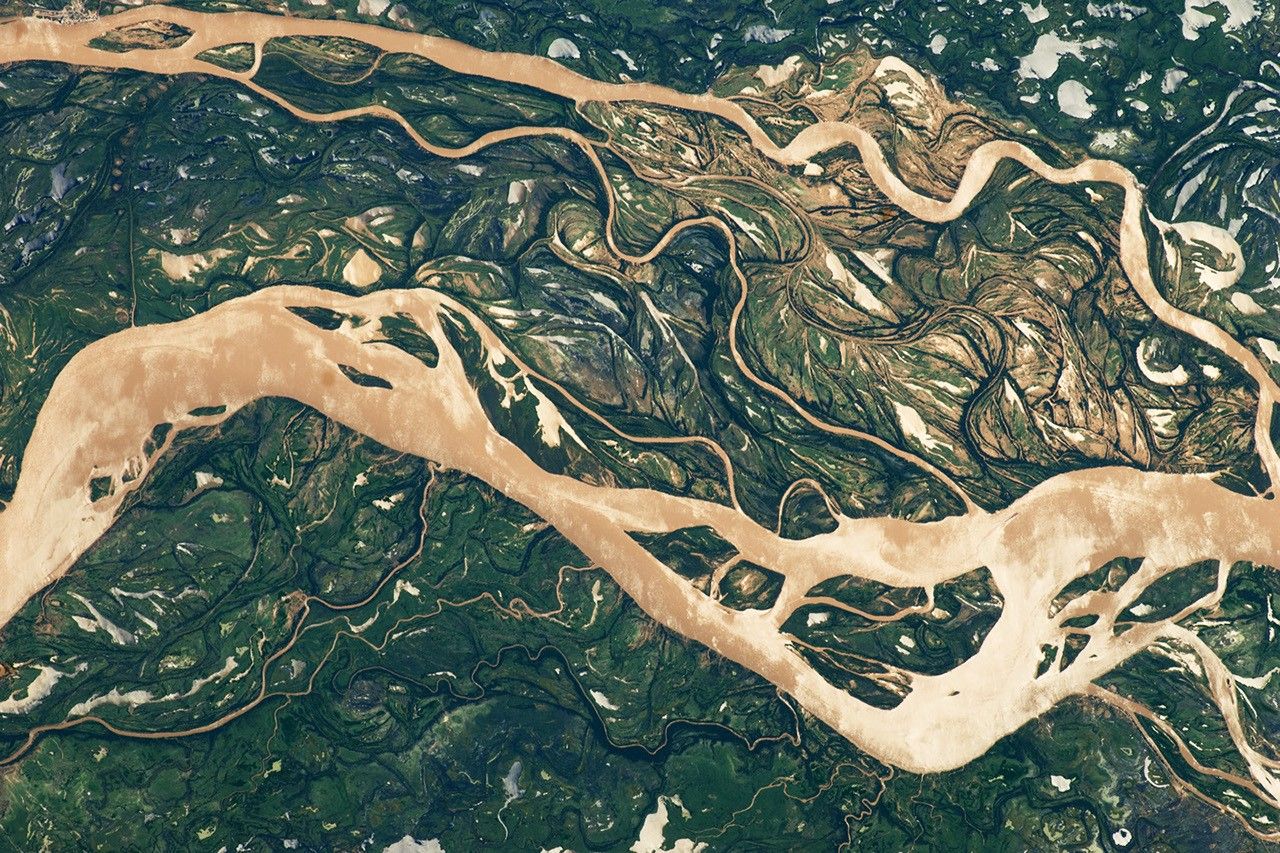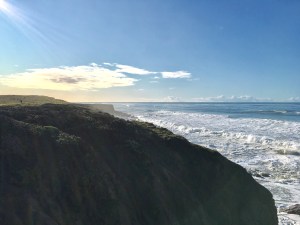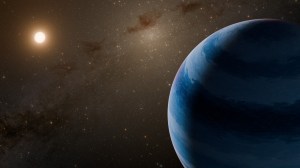NASA is advancing the Journey to Mars by starting the conversation about where humans will one day land. The agency hosted a conference in October 2015 to collect proposals on areas on the Red Planet that would be of high scientific research value while also providing natural resources to enable human explorers to safely land, live and work on Mars.
NASA’s first Landing Site/Exploration Zone Workshop for Human Missions to the Surface of Mars was held Oct. 27-30 at the Lunar and Planetary Institute in Houston. The conference started the process for choosing sites on Mars that NASA’s Mars Reconnaissance Orbiter and Mars Odyssey spacecraft along with any future missions over the coming decades could then further image to create better maps and provide valuable scientific data of these potential Exploration Zones.
NASA hopes to engage scientists, technologists and experts in human exploration during the conference, fostering collaboration among the teams that will enable humans to live on and explore Mars in the coming decades.
Potential “Exploration Zones” will need to offer compelling science research while also providing resources that our astronauts can take advantage of during their pioneering of the Red Planet. First explorers are expected to be limited to about 60 miles (100 km) of travel from their landing site due to life support and exploration technology requirements.
The life expectancy of the existing MRO and Odyssey spacecraft being limited, NASA is eager to take advantage of the remaining operational years of those Martian imagers to gather high resolution maps of potential exploration zones while the spacecraft, already well beyond their design lifetime, are still operational.
NASA’s efforts for building the knowledge and capabilities for sending humans to Mars is underway today, with spacecraft monitoring Mars from orbit and rovers on the surface, the International Space Station being used to test systems and to learn more about the health impacts of extended space travel, and the development and testing of the next generation of launch and crew vehicles — the Space Launch System rocket and Orion crewed spacecraft underway.
As we explore the path to Mars, we gain new knowledge and capabilities that will make life better here on Earth, right now. This preliminary work on potential landing sites will facilitate dialogue about this next giant leap in human experience.
HLS2 Workshop
First Announcement
Second Announcement
Supplemental Background Information
Final Workshop Statement
Agenda
Abstracts
Presentations
Session Videos
Polling and Feedback on Workshop
Press Coverage
Exploration Zones
Map of Proposed Exploration Zones
Rubric for Criteria-Blank
Rubric for Criteria-Completed
Signed Map of Proposed Exploration Zones
Status of Exploration Zone Imaging Requests
Relevant Studies and Other Sources of Information
Student Resources
Analysis of Southern Meridiani Planum – A candidate landing site
Mars Ice Challenge Report
Mars Water In-Situ Resource Utilization (ISRU) Planning (M-WIP) Study
Mining Water Ice on Mars Study
Google Hangouts: Briefs and Lectures on Topics of Interest
Newsletters
December 2019
February 2019
November 2017
May 2017
May 2016
To receive the HLS2 Newsletter, and for all other inquiries, email us at: NASA-Mars-Exploration-Zones@mail.nasa.gov


